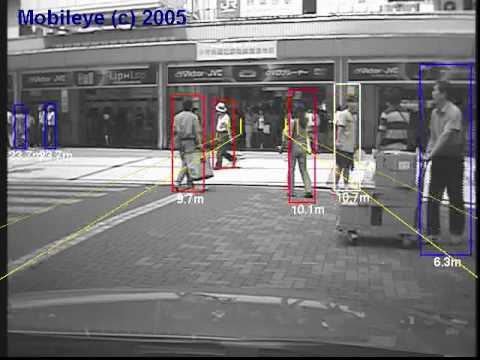About Asiana crash, I should have gone straight to the NTSB Web site. The Wikipedia page has misleading information.
See:
https://www.ntsb.gov/news/events/Pages/2014_Asiana_BMG-Abstract.aspx
They accidentally selected the option to initiate a go-around; i.e., throttle up and climb to the designated go-around altitude (which I believe was 3,000 ft. in this accident).
No, they did not accidentally initiate a go-around.
What really happened was that they were too high above the glide slope when they were 5 nm out from the runway. In trying to descend, they tried to slow down by pulling the throttle levers back. This action overrode the Autothrottle which had been controlling speed, and it went into HOLD mode, and stayed inactive. This was not noticed by the aircrew.
While they got down to the glide slope, the airspeed kept decreasing, but they failed to notice it. Eventually they were way below the glide slope and losing speed at the same time. At 200 ft altitude, they should have done a go-around, but tried to salvage the landing. At 100 ft, they gave up and did a go-around. The Autothrottle probably responded properly and advanced up, but large turbofan engines had a very long spool-up time, and it was too late.
Nothing. It worked as designed. Their airspeed didn't approach the threshold for stalling until they tried desperately to pull the nose up just as they realized they weren't going to make the runway. At that point, the stall warning did indeed sound, and the stick shaker engaged, but only briefly, as the crash occurred in relatively immediate succession thereafter.
On the aircraft system that I worked on, the system would warn the pilots if they let the approach speed drop too low, and gave them a lot of margin above stall speed. The 777 equivalent function was not effective for landing phase to warn the pilots of this condition, and the NTSB did make a note of that.
In the Asiana Air crash, the pilots had a clear indicator that they were too low (the PAPI lights along the edge of the runway) and that their speed was falling dangerously low (the airspeed indicator was, of course, functioning perfectly normally - they just weren't paying any attention to it).
The landing phase is the most critical segment of flight, and pilot's workload is very high. Hence aircraft designers try to provide all kinds of warning. In this case, the warning was "weak".
The pilot-flying's flight display was turned off.
I don't believe there was an aural indication that autothrottle had been disengaged in this incident, but I could be wrong.
It appeared that they were flying manually, and relying on the Autothrottle to take care of the aircraft speed. Unfortunately, they overrode it early in the approach, and it stayed inactive and they were not aware of it.
If the Autopilot was off, then of course the corresponding display would be off. It's a big nono to not know what the Autopilot is doing. I would be very surprised that they were allowed to turn the flight mode annunciator off. The Autothrottle was most likely on and annunciated HOLD, but that was ignored.

